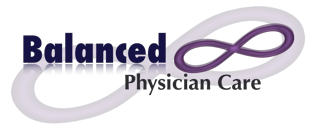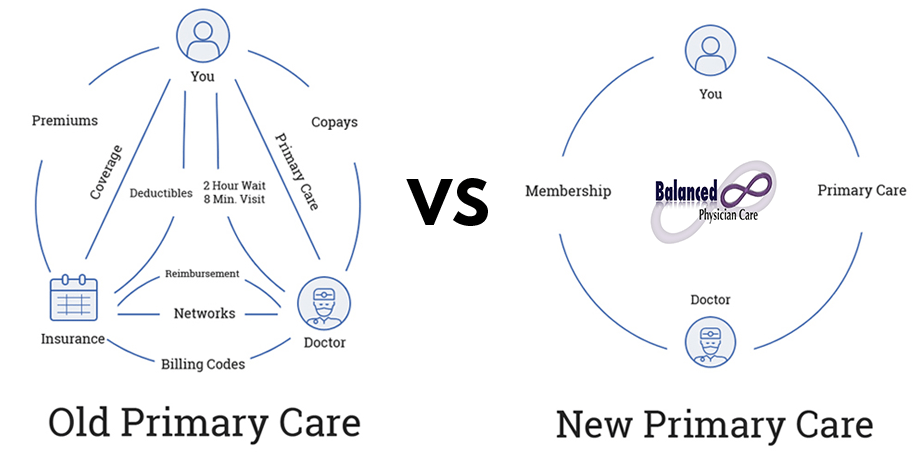Direct Primary Care vs Traditional Primary Care
Direct Primary Care (DPC) and traditional primary care models share a focus on delivering primary healthcare services, but they differ in their approach to patient relationships, payment structures, and often, the overall patient experience.
Here are some of the key differences:
Payment Structure:
In a traditional primary care model, physicians typically bill insurance companies for each service they provide to a patient (fee-for-service). This can involve high deductibles, co-pays, and often results in unexpected medical bills for patients. Conversely, the Direct Primary Care model involves a fixed monthly, quarterly, or annual fee. This fee covers most or all primary care services, resulting in more predictable healthcare costs for patients.
Patient Load:
Traditional primary care physicians often manage a large number of patients, sometimes in the thousands, due to the demands of the fee-for-service model. This can limit the time spent with each patient. DPC physicians typically have a smaller patient load, allowing for more personalized care and longer patient visits.Accessibility: DPC often offers more direct access to physicians. This can include same or next-day appointments, direct phone or electronic communication, and in some cases, telemedicine visits. In the traditional model, patients may experience longer wait times for appointments and less direct access to their physician.
Healthcare Benefits (insurance coverage):
Traditional primary care relies heavily on health insurance to cover patient costs, while DPC models are typically insurance-independent for their services. Patients with DPC often carry a high-deductible plan or health-sharing plan for emergencies and use their DPC for primary care services.
Focus on Preventive Care:
DPC models usually emphasize preventive care and managing chronic conditions due to their structure. The aim is to maintain patient health and detect issues early, reducing the need for more expensive specialist or emergency care. While preventive care is also a goal in traditional primary care, the large patient load and time constraints may limit its effectiveness.
Price Transparency:
DPC models are generally more transparent about prices, with patients knowing up-front what their healthcare expenses will be. In traditional healthcare settings, the actual expense of services is often unclear until after the services are rendered and your coverage / insurance has paid their part.
Balanced Physician Care is a Direct Primary Care practice located in Ponte Vedra Beach, FL and serves Jacksonville and the surrounding communities. Contact our office at 904-930-4774 for more information on how to become a member of the practice.


